1. Tabitha (1977–78)
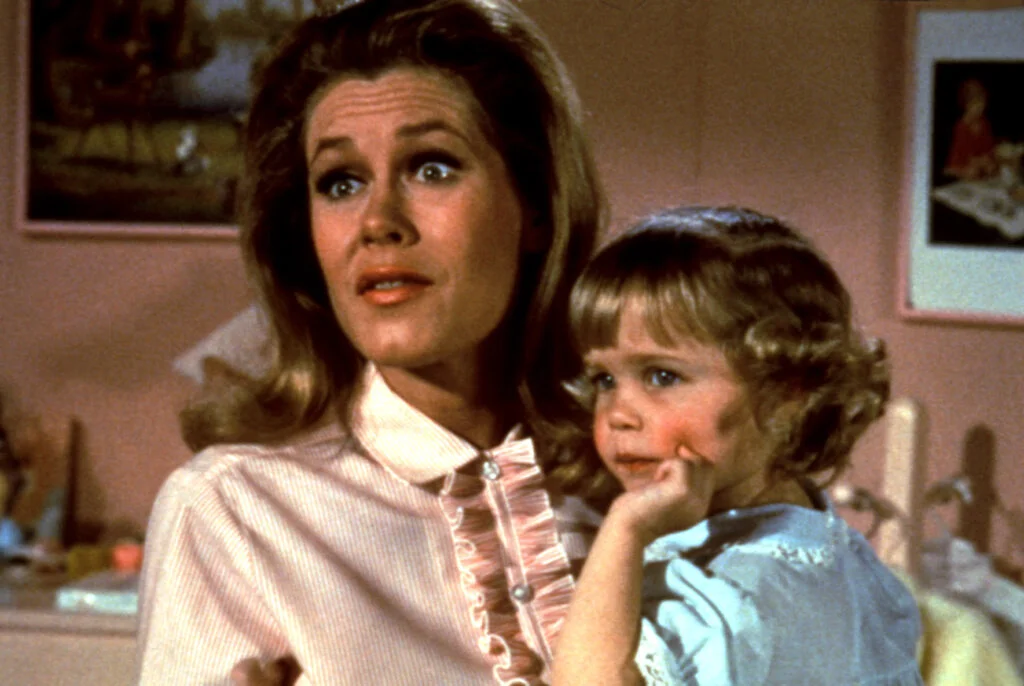
Tabitha tried to bring a little more magic into late ’70s television by following Samantha and Darrin Stephens’ now-grown daughter, played by Lisa Hartman. The show leaned into that disco-era charm, giving Tabitha a job at a Los Angeles TV station while her unpredictable magic caused more issues than it solved. Paul Thurman briefly appeared as Adam, her brother, though the show rewrote ages from Bewitched in ways fans still debate. Even with the built-in nostalgia, ratings never settled into anything steady for ABC. Viewers who loved the original series didn’t always connect with the updated tone. Critics said the continuity changes didn’t help either. By the time it wrapped, many fans didn’t even realize it had aired. Today, it’s one of those blink-and-you-miss-it spin-offs remembered mostly by TV historians.
Tabitha’s world was a mix of workplace comedy and low-fi fantasy effects that now feel charmingly retro. You could see flashes of potential when the show leaned more into office humor instead of spell mishaps. Still, the pacing felt uneven, and the characters never quite formed the community vibe that made Bewitched so iconic. Hartman brought plenty of energy to the role, but the scripts gave her little to anchor the new direction. ABC didn’t give it much runway before pulling the plug. Fans who rediscovered it years later often express surprise that the show existed at all. In a decade full of successful spin-offs, Tabitha simply couldn’t keep up. Its short run left it floating quietly in ’70s TV history.
2. Grady (1975–76)
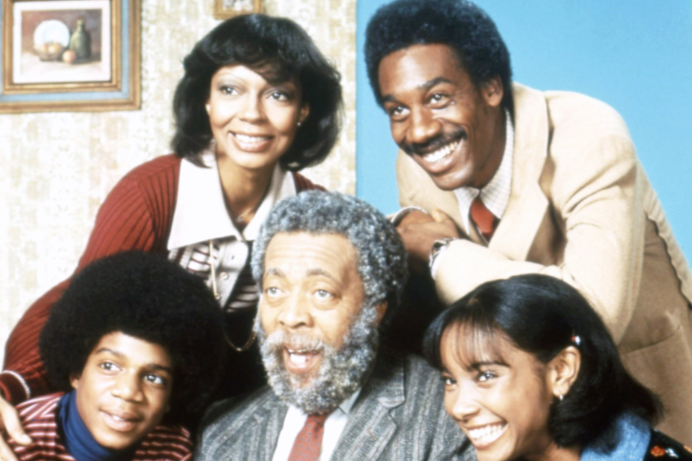
Grady spun off from Sanford and Son and followed Whitman Mayo’s lovable character as he moved in with his daughter and her family in Los Angeles. Without Fred Sanford’s constant bickering to bounce off of, Grady’s gentle humor became the focus. The change in setting also shifted the tone, making the show feel more like a family sitcom than a chaotic comedy built around a junkyard. While Mayo was as warm and funny as ever, fans didn’t instantly connect with the softer vibe. NBC struggled to find the right time slot, and competition from stronger shows didn’t help. Ratings never fully settled, and the series quietly wrapped after a single season. Many Sanford and Son fans don’t remember it existed. For those who do, it remains a curious footnote.
The heart of the show came from Grady’s sincere attempts to fit into his daughter’s household. His interactions with the kids brought out a sweeter, more patient side of the character. The supporting cast had charm, but they lacked the larger-than-life personalities that made the original series pop. Without that signature Sanford sassiness, the jokes landed more softly. The show’s quieter tone made it pleasant, but not necessarily memorable. NBC didn’t push it very hard after the initial launch. Today, Grady feels like a gentle side chapter from the larger Sanford universe that never had time to grow.
3. Sanford Arms (1977)

Sanford Arms attempted to continue the Sanford and Son universe without its two leads, which was an ambitious gamble from the start. The show followed a widower who bought the Sanfords’ old home and turned it into a boarding house full of new tenants. LaWanda Page and Gregory Sierra appeared briefly, but they couldn’t replace the chemistry of Redd Foxx and Demond Wilson. Viewers immediately felt the absence of the show’s heart and humor. NBC hoped name recognition alone would carry the series, but ratings dropped almost immediately. Critics were not kind, often pointing out how little it resembled the original. The show was cancelled quickly. Many markets didn’t even air the full run.
Even though the idea had potential, the execution struggled from the start. The new characters were likable, but they didn’t feel deeply connected to the world fans knew. Scripts leaned heavily on recycled jokes without capturing the raw comedic energy of Sanford and Son. The tone also felt strangely subdued compared to the original. Fans tuning in for Fred Sanford inevitably tuned out once they realized he was gone. The end result was a show that felt more like a placeholder than a proper continuation. Today, Sanford Arms is often remembered only by those who keep track of short-lived spin-offs.
4. Fish (1977–78)
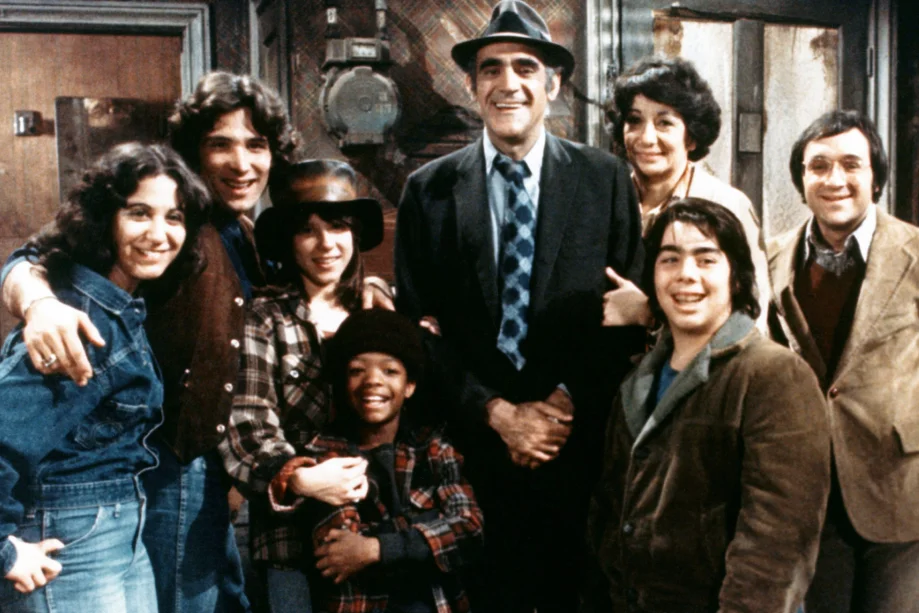
Fish, a spin-off from Barney Miller, gave Abe Vigoda’s weary, deadpan Detective Phil Fish his own time in the spotlight. Instead of keeping him in the precinct he was known for, the series moved Fish and his wife Bernice into a home full of foster children. The shift changed the tone dramatically, turning a subtle workplace comedy into a family-centered dramedy. Vigoda remained brilliant, but fans missed the dry ensemble chemistry of the original. Ratings floated up and down, never finding a steady audience. Vigoda eventually became unhappy with the schedule demands and wanted out. After two short seasons, the show ended. Many viewers forget it existed at all.
The show worked best when Fish’s sarcasm collided with the chaos of raising multiple kids. There were touching storylines, especially around the foster-care themes, and the child actors brought real heart to the scenes. But the humor never felt as tight or as understated as Barney Miller. Without the balance of characters like Yemana or Wojo, Fish’s dryness sometimes felt isolated. Critics were unsure whether the show wanted to be heartwarming or comedic. That identity crisis made it difficult to build momentum. Today, Fish survives mostly as a bit of trivia for fans of ’70s police sitcoms.
5. Mrs. Columbo (1979)
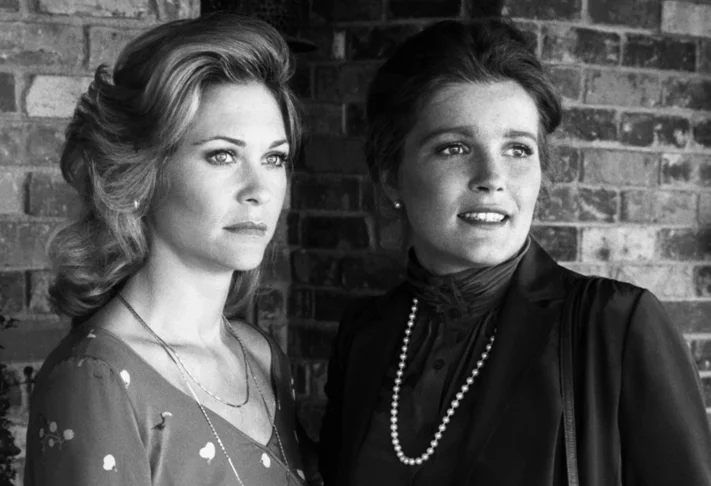
Mrs. Columbo remains one of the most puzzling spin-offs of the decade. Fans had spent years imagining Lieutenant Columbo’s mysterious wife, only to see her suddenly appear as a young reporter played by Kate Mulgrew. The age discrepancy confused viewers immediately, since the Columbo universe had always implied a much older spouse. The show tried to place her into cozy detective stories, but it clashed heavily with the tone of Columbo. Critics panned the continuity issues, and audiences didn’t respond much better. NBC attempted to retool the series twice, changing titles and distancing it from the original. Nothing worked. The show quickly disappeared.
Mulgrew did her best with the material, bringing enthusiasm and charm to the role. But without a clear connection to the original character of Mrs. Columbo, viewers didn’t know what to make of it. The mysteries were light and accessible, but they lacked the clever cat-and-mouse structure that defined Columbo. Retitling the show only added to the confusion. By the time the run ended, even fans who watched it had trouble recalling its details. Today, Mrs. Columbo is remembered more for the odd creative choice behind it than for the episodes themselves. It remains one of TV’s most unusual ’70s spin-off experiments.
6. The Brady Kids (1972–73)
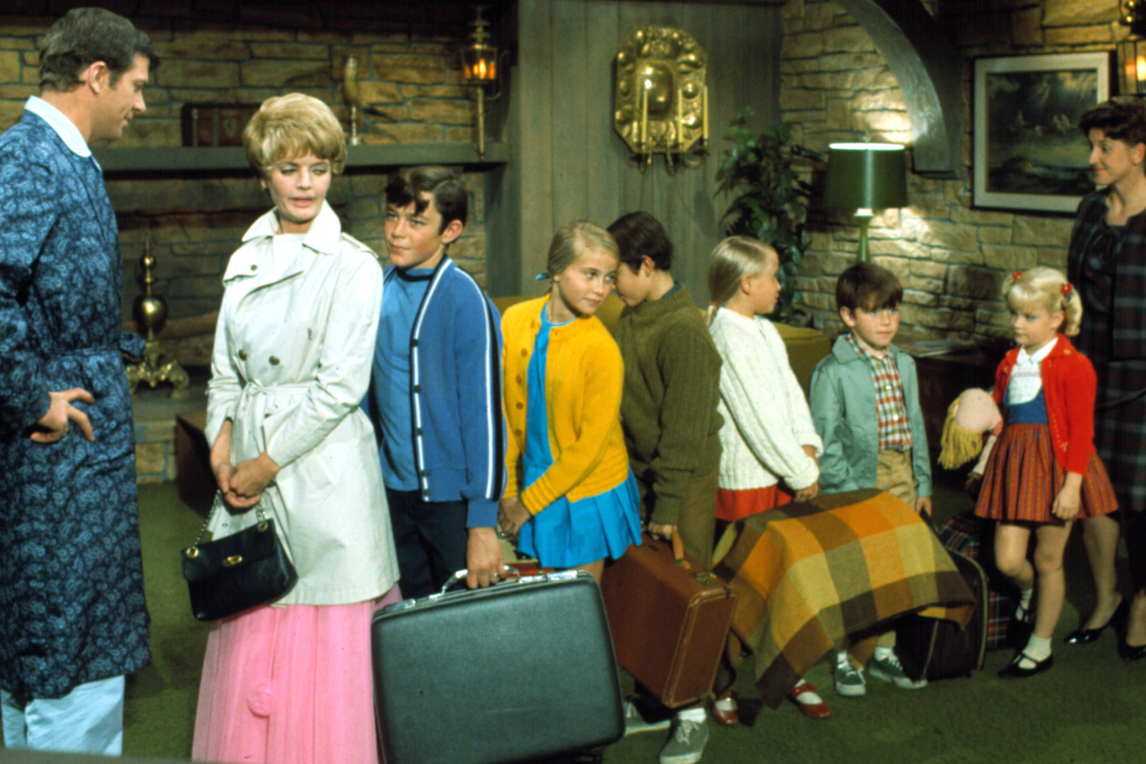
The Brady Kids took the younger half of the famous clan into animated Saturday-morning territory. The cartoon placed them in fantastical situations involving magic, talking animals, and colorful adventures that had little to do with the original sitcom. Even though most of the child actors voiced their animated counterparts, the tone felt completely different. The show ran only one season, split into two production cycles that didn’t leave much cultural impact. Kids enjoyed the bright, cheerful animation, but older fans of The Brady Bunch rarely followed it. Critics dismissed it as one of many quick television tie-ins of the era. It faded quickly from the spotlight. Today, even die-hard Brady fans sometimes forget it existed.
The cartoon borrowed heavily from early ’70s visual trends, including bubblegum pop music and psychedelic backdrops. While elements of it are charming, it lacked the grounding that made the live-action family relatable. Instead of family conflicts, the kids often solved mysteries or got swept into surreal side plots. The result felt more like a generic adventure cartoon with Brady branding attached. It also struggled against a crowded Saturday-morning lineup. When later Brady reunions and specials came along, they overshadowed the cartoon completely. For most viewers, The Brady Kids is simply a colorful but forgotten chapter of the franchise.
7. The Girl from U.N.C.L.E. (1966–67, widely syndicated in the ’70s)

Even though The Girl from U.N.C.L.E. technically debuted in the late ’60s, its heavy syndication through the early ’70s gave it a second life that many remember from that decade. The show followed agent April Dancer, played by Stefanie Powers, as she tackled international missions connected to The Man from U.N.C.L.E. universe. While the concept was stylish, campy, and fun, ratings weren’t strong enough to give it more than one season. By the time syndication kicked in, it already had a reputation as a show with potential that never fully landed. Critics noted that it lacked the depth and spark of its parent series. Even so, Powers brought charisma to the role. Its uneven tone made it a short-lived curiosity.
In syndication, the show found a niche audience who loved its over-the-top style and late-’60s fashion. But because it had so few episodes, it couldn’t maintain momentum. Viewers often stumbled across it without realizing it was a spin-off at all. The connection to The Man from U.N.C.L.E. wasn’t always emphasized in reruns, which added to the confusion. The episodic spy plots were enjoyable but broad. When spy shows evolved in the ’70s, this one felt like a relic. Today, The Girl from U.N.C.L.E. is remembered mostly by dedicated spy-genre fans.
8. Dusty’s Trail (1973–74)
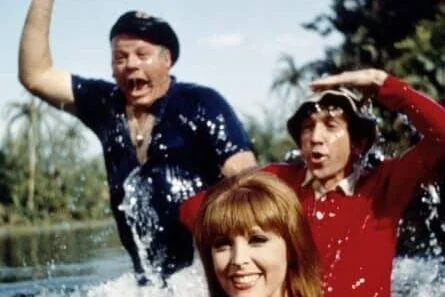
Dusty’s Trail spun off in spirit from Gilligan’s Island, even though it wasn’t officially labeled that way. It starred Bob Denver and Forrest Tucker in a pioneer-era version of the stranded-survivor premise. The characters roughly matched their Gilligan’s Island counterparts, creating an unintended comparison that hurt the show. Viewers immediately recognized the parallels, and critics weren’t subtle about pointing them out. Only one season aired before it quietly disappeared. Despite Denver’s popularity, the show couldn’t capture the charm of his earlier work. Many fans don’t even realize he tried another ensemble sitcom so soon after his iconic role. It fell into obscurity quickly.
The Old West setting gave the writers room for new types of stories, but the character dynamics felt too familiar. The humor leaned heavily into slapstick that didn’t always land. Without the tropical-island backdrop or the original cast chemistry, the show never found its identity. Tucker and Denver worked well together, but the material wasn’t strong enough to lift the series. Even in reruns, it struggled to catch on. Today, Dusty’s Trail survives mainly as a curious reimagining rather than a true spin-off success. It remains a deep cut for sitcom fans.
9. The Chicago Teddy Bears (1971)
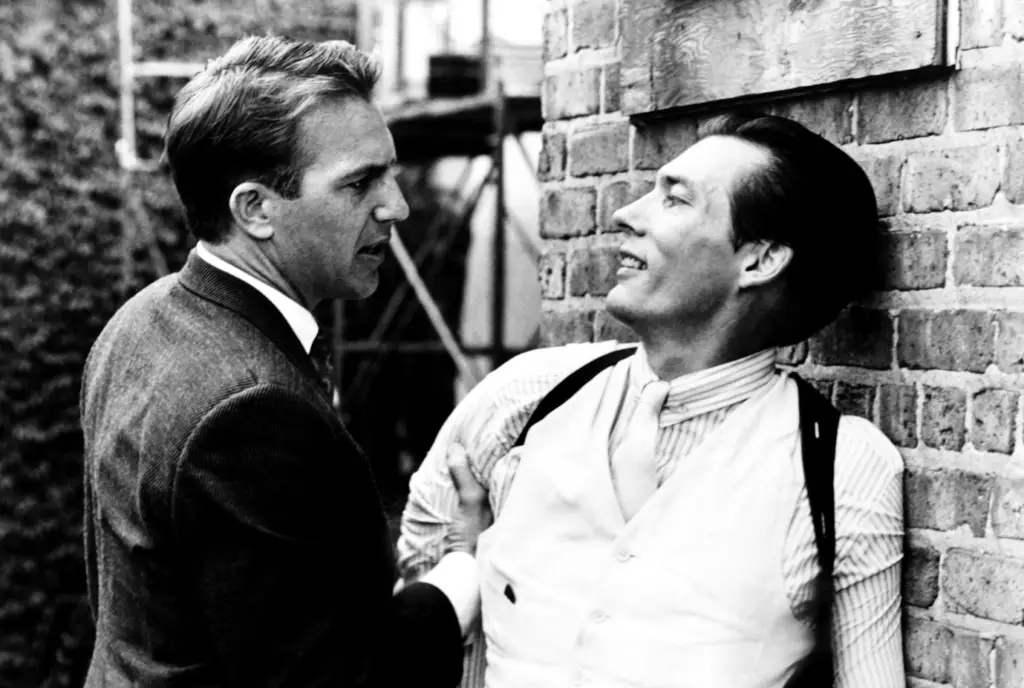
The Chicago Teddy Bears was a spin-off-adjacent sitcom set in the Prohibition era and loosely connected to The Untouchables universe. It followed a mild-mannered speakeasy owner played by Dean Jones, whose attempts to stay honest clashed with his mobster relatives. The comedic tone stood in stark contrast to the gritty crime-drama roots of the original franchise. The mismatch left audiences unsure how to react. The series lasted only one short season. Critics found the humor too lightweight for the setting. Viewers never formed a strong connection with the characters. It faded from memory soon after airing.
The show attempted to bridge nostalgia for gangster-era stories with traditional sitcom timing. But the writing leaned so whimsical that it lost any real sense of tension. The result felt like a gentle sitcom wearing gangster clothes. While Jones brought his usual charm, the tone never clicked. The supporting cast didn’t have distinctive personalities either. With little momentum, the show left the airwaves quickly. Today, The Chicago Teddy Bears ranks among the more obscure TV efforts tied to a major franchise.
10. The Paul Lynde Show (1972–73)
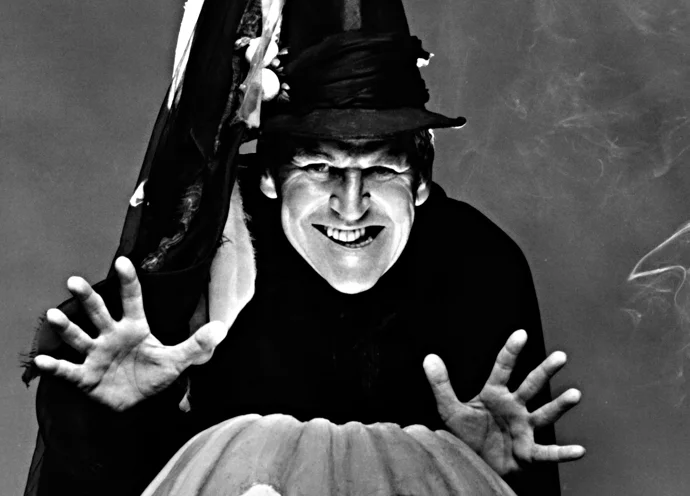
The Paul Lynde Show spun off loosely from Lynde’s popularity on Bewitched, though not through a direct character continuation. Audiences recognized Lynde’s iconic humor and expected a similar dynamic from his new sitcom. Instead, the series placed him in a more traditional suburban-dad role, which didn’t fully suit his sharper comedic style. The show’s tone felt softer than the persona viewers knew him for. ABC hoped his fame alone would carry the series, but it never gained traction. Critics felt the show didn’t use Lynde’s strengths effectively. It was cancelled after one season. Many fans forget he even had a star-vehicle sitcom.
Behind the scenes, writers struggled to craft storylines that balanced family comedy with the dry sarcasm Lynde was known for. Some moments landed beautifully, especially when he was allowed to slip into the snarkier rhythms that made him famous. But overall, the show never fully embraced his unique voice. The supporting cast felt generic, and the scripts didn’t push boundaries. As a result, the series lacked the spark that could have set it apart. Today, The Paul Lynde Show is remembered mostly as a missed opportunity for one of TV’s most distinctive personalities.
11. Baby, I’m Back (1978)
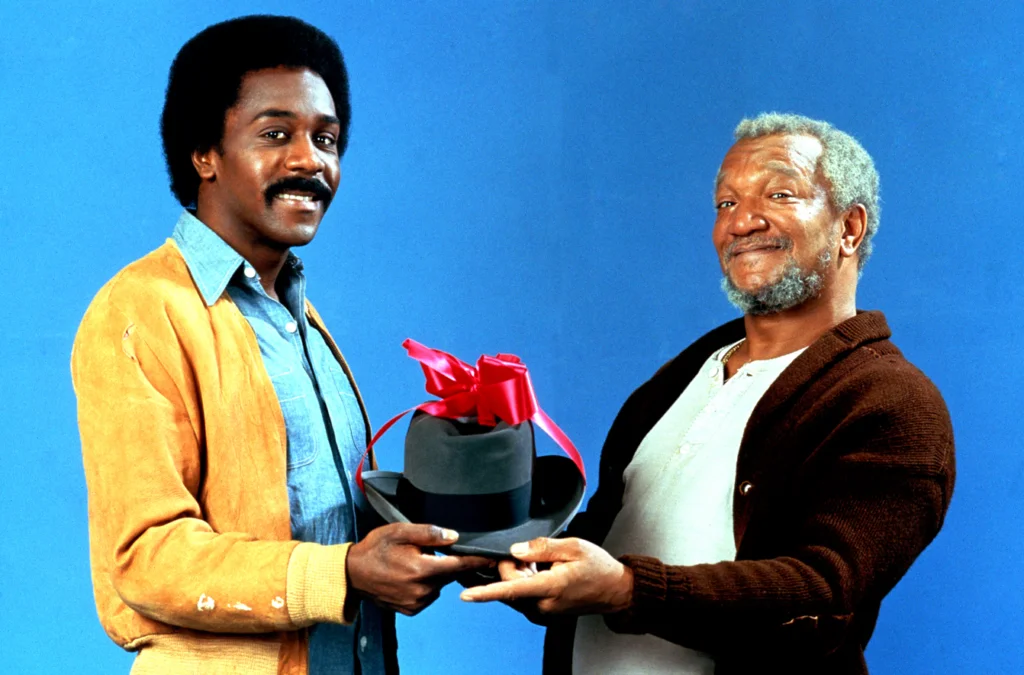
Baby, I’m Back has an unusual legacy: only one short season, but a loyal group of fans who still talk about it today. The sitcom followed a charming but unreliable father, played by Demond Wilson, who returns home after abandoning his family years before. The premise set up plenty of heartfelt comedy and gave Wilson a new path after Sanford and Son. Unfortunately, CBS placed it in a competitive time slot that limited its growth. Ratings stalled, and the network cancelled it despite viewer enthusiasm. Critics praised the cast but felt the premise became repetitive. The short run kept it from making a bigger cultural impact. Many viewers today don’t realize the show existed.
The chemistry between the cast was clear, especially in scenes between Wilson and Denise Nicholas. Their back-and-forth gave the show emotional weight. The child actors added charm, and the writing occasionally delivered genuinely sweet moments. But the time-slot issue was hard to overcome. CBS didn’t give the series enough room to find its audience. Years later, reruns helped it build a small fanbase. Still, Baby, I’m Back remains one of the lesser-remembered short-run sitcoms of the ’70s.
12. Co-Ed Fever (1979)
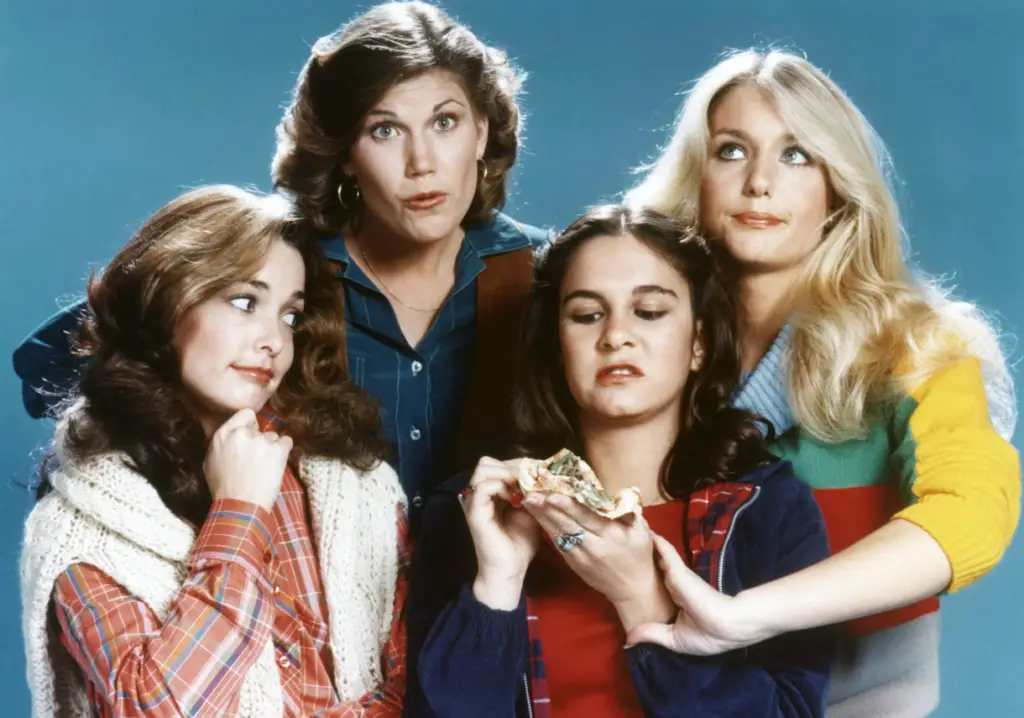
Co-Ed Fever was a blatant attempt to jump on the success of Animal House, and CBS rushed it into production as a campus comedy. It wasn’t a spin-off of Animal House, but it was directly tied to the wave of copycat shows that spun off from its popularity. The sitcom centered on an all-female dorm filled with wild antics and over-the-top humor. Critics immediately panned the show as shallow and chaotic. CBS was so unhappy with the pilot’s reception that the series was cancelled after airing only once in most cities. It became one of the shortest-lived TV efforts of the decade. Many viewers never had the chance to see it.
Despite the brief run, the show captured a snapshot of networks scrambling to imitate big movie hits. The cast was energetic, but the scripts leaned so heavily into slapstick that the characters never developed real personalities. The humor felt forced and often disconnected from reality. Without any grounding, the show couldn’t attract a loyal audience. CBS quickly distanced itself from the project. Today, Co-Ed Fever is remembered almost entirely for how fast it disappeared. It stands as a reminder of how unpredictable TV experimentation was in the late ’70s.


